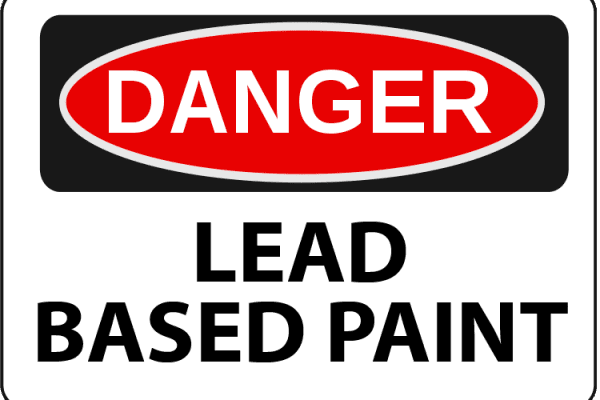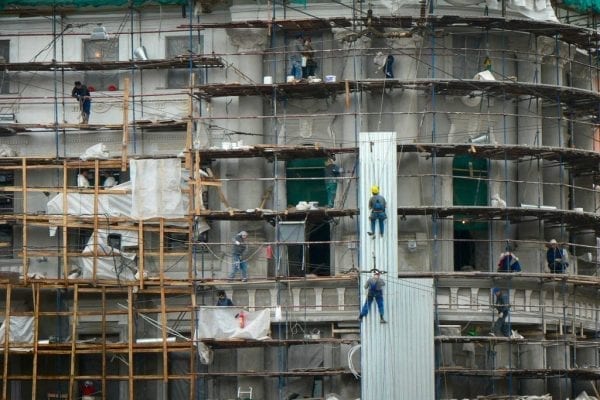If you’re planning a renovation or demolition project this year, you want to be prepared to protect workers from potential hazards – and yourself from potential liability. Many property owners assume that if a building is relatively new, they don’t need to worry about testing for asbestos.
Unfortunately, this often ends badly, like it did for the state of Florida and some unlucky construction workers at Ca’ d’Zan a few years ago.
Reduce your risks and ensure you meet standard guidelines on when to do asbestos testing. This list can help.
1. Test for Asbestos Prior to Any Renovation Project
Many property owners and managers think that if their building is less than five years old or constructed after the EPA began regulating asbestos, that they’re free and clear to ignore asbestos testing requirements.
In reality, asbestos has never been fully removed from all new building materials. It can be present in many forms, even in recent construction.
For this reason, the National Emission Standards for Hazardous Air Pollutants (NESHAP), which is a part of the Clean Air Act, requires that asbestos testing be conducted prior to all renovation projects, without exception due to age or any other factor.
2. Test for Asbestos Prior to Any Demolition Work
NESHAP also addresses demolition work and provides no exceptions to the rule that asbestos testing must be done in advance, regardless of the age, condition, or other factors involved in the building or building components to be demolished. The only exception is if the building is structurally unsound and it would be hazardous for an inspector to enter the building. In this case, a special exemption must be obtained from the state or local NESHAP enforcement agency.
Building materials used in any structure of any age may contain asbestos that is harmless when used as intended, but becomes hazardous when disturbed.
During demolition, previously contained fibers of asbestos can enter the air as dust particles, leading to hazardous conditions for workers and anyone in the vicinity at the time of demolition, plus anyone who encounters or disturbs the dust thereafter.
3. Test Periodically for Friable Asbestos in Older Buildings
Renovations and demolition are not the only times when asbestos can present a danger to building occupants and workers. Many older asbestos-based materials, such as insulation and fireproofing, can become friable (easily crumbled) as it ages.
Something as simple as maintenance work or routine repairs can disturb friable materials and cause harmful asbestos fibers to enter the air and become a hazard.
For this reason, it’s important to have older buildings inspected periodically for the presence of asbestos and to determine whether any asbestos-containing materials have become potential hazards. We recommend testing prior to purchasing an older facility, and depending on the asbestos-containing materials present, re-inspections every 6 to 12 months. Additionally, if you already own an older building that has never been inspected, it is a wise investment to start now.
4. Test When There are Occupant Complaints
Workers and occupants in your buildings have a right to a safe and habitable environment. Any time a tenant, employee, or other building occupant complains that they may have encountered asbestos, it’s important to follow up right away.
Sometimes, occupants may see material that reminds them of asbestos. Other times they may be experiencing respiratory distress that they believe to be due to asbestos. In other cases, they may have some prior knowledge and simply recognize the likely presence of asbestos due to a variety of other factors.
In all cases, it’s important to take the complaint seriously and respond to it with sensible due diligence, whether you suspect the presence of asbestos or not. It may be that the tenant is correct, or you may find some other cause for the complaint. In the event that there is no cause for concern, you and your occupant can rest easy on the basis of the inspection results.
You can investigate the complaint yourself, in a manner similar to the steps taken to address tenant mold complaints. If more advanced testing and response is called for, contact a company like GLE to handle asbestos testing, mold testing, indoor air quality testing and any other testing and remediation needs the complaint may uncover.
In all cases, it’s better to investigate and handle a complaint than to ignore it and risk legal and regulatory consequences.
For more on your legal obligations regarding asbestos testing, download our FAQ on NESHAP or contact us directly to discuss your situation.






